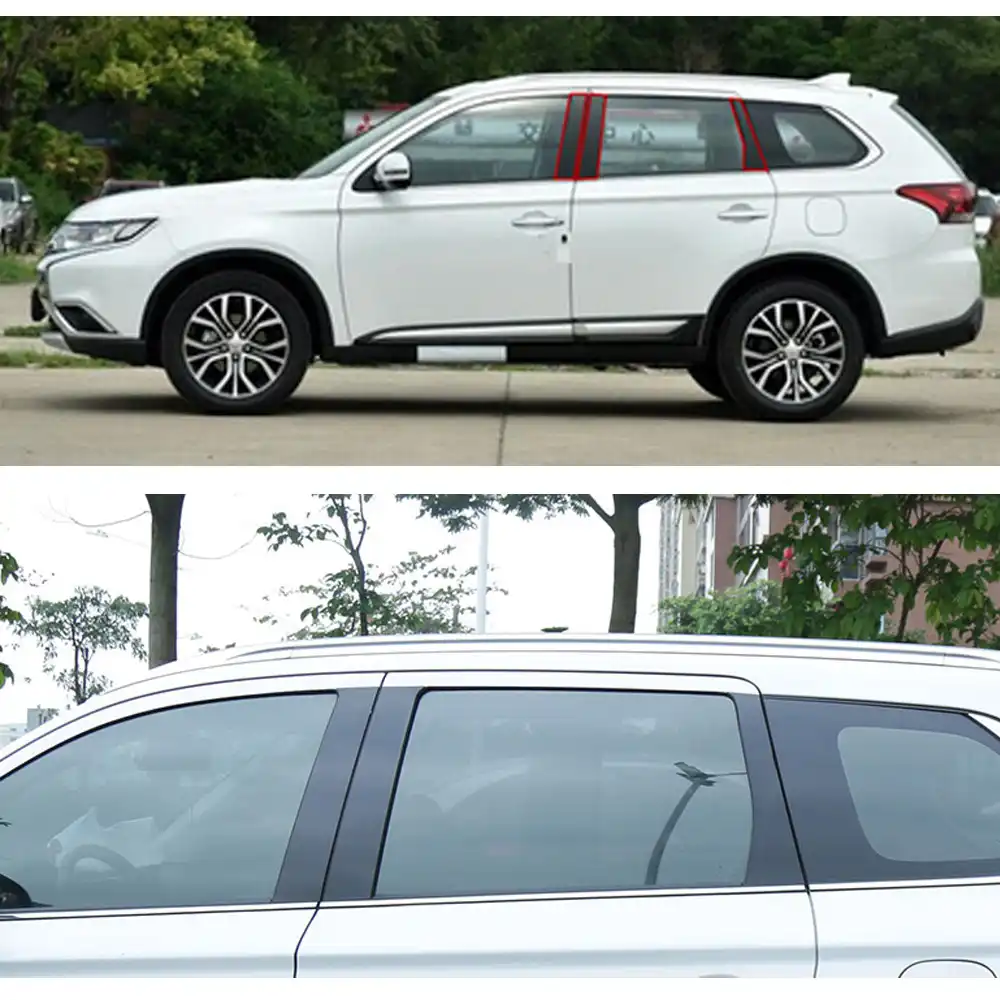Its tall wagon body style featured two rows of seats equipped with a single rear door and in all markets a single sliding door on the passenger side.
Mitsubishi rvr sliding door.
The rvr was essentially a second generation mitsubishi chariot marketed in some markets as the space wagon with a shortened chassis but sharing the components of the longer variant.
It does not feature a rear sliding door due to the current perception that suvs have conventional doors and sliding doors are typically installed on family vehicles.
It is designed as a tall wagon suv with a double row of seating and the availability of sliding door on the passenger side as toyota raum and nissan prairie.
If you re european it was the space runner.
The reintroduction of the sports gear rvr nameplate is an attempt to inherit the popularity of the first generation vehicle.
The basic layout with 2 doors sliding rear door on the left has not changed so as the sports gear function set on this model ever since the first generation.
It was released in japan on 17 february 2010.
Thus the inner track mechanism was used so the sliding door can slide open wide enough to let passengers enter and exit the car easily.
Mitsubishi tpms readings are provided by pressure sensing transmitters tpms mounted inside each tire and sent to a central computer ecu for display on the dashboard.
Well if you re japanese you may know it as the 1991 rvr essentially the second generation of a mitsubishi chariot built on a shortened floorpan.
This concept of rvr remains unchanged at present.
Invented by mitsubishi motors it was designed because the rvr is a short car compared to the size of the siding door making it incapable of having a track on the exterior of the car.

